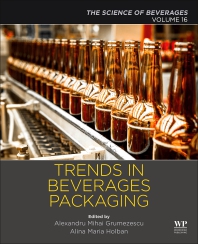Saturated Fat Recommendation Concerns Analyzed
The U.S. Dietary Guidelines Advisory Committeeís (DGAC) recommendations for new nutritional guidelines were released in mid-June and included saturated fat guidelines to...limit saturated fatty acid intake to less than 7% of total calories and substitute instead food sources of mono- or polyunsaturated fatty acids...and limit cholesterol-raising fats (saturated fats exclusive of stearic acid and trans fatty acids) to less than 5-7% of energy.
In a presentation at this years IFT, Gerald McNeill, Ph.D., vice president of R&D at Loders Croklaan, indicated science does not support recommendations to lower saturated fat intake or reclassify stearic acid as a non-cholesterol-raising fat.
ìThe Framingham Heart Study commenced in 1948 and included 15,000 participants over three generations.
Total:HDL ratio correlates very well with risk of heart disease (see chart Predictors for Heart Disease Risk). At high HDL levels (>65mg), the risk of heart disease is low, even with a high LDL. Conversely, at low HDL levels (<45mg), the risk of heart disease is high--even with a low LDL.
A meta-analysis assessed data from 60 controlled studies that included trans fat and different kinds of saturated fat and found both were shown to increase LDL cholesterol
However, changes in HDL paint a different picture. Saturated fats increase HDL more than any other kind of fat. If only HDL were considered, saturated fat would be the healthiest fat. When assessing total:HDL ratios, saturates neither increase nor decrease it.
A more recent paper assessed 11 observational studies, including 344,696 participants which spanned 4-10 years
According to McNeill, Is a reduction of 3-5% saturated fat a reasonable target? Absolutely not. Most dietary saturated fat comes from meat and dairy. To achieve a saturated fat reduction of 5% of the diet, the total U.S. population would have to reduce meat and dairy intake by 60%. Even 5% reduction of saturates has a very small effect on LDL. The government should focus its resources on issues that have a bigger impact. NS
For more information:
Loders Croklaan * Channahon, Ill.
Gerald McNeill * Gerald.mcneill@croklaan.com
www.northamerica.croklaan.com
References:
Looking for a reprint of this article?
From high-res PDFs to custom plaques, order your copy today!







